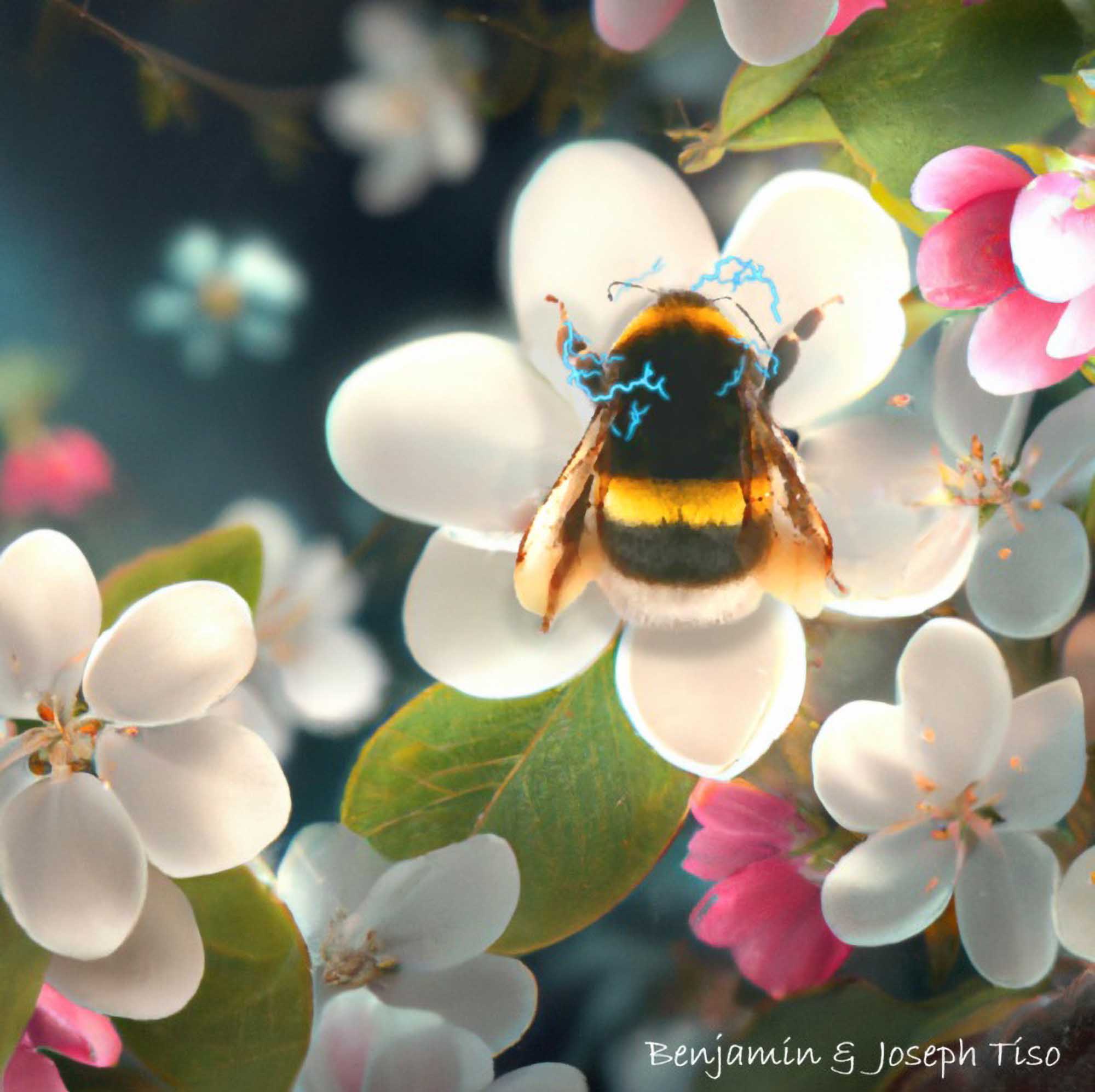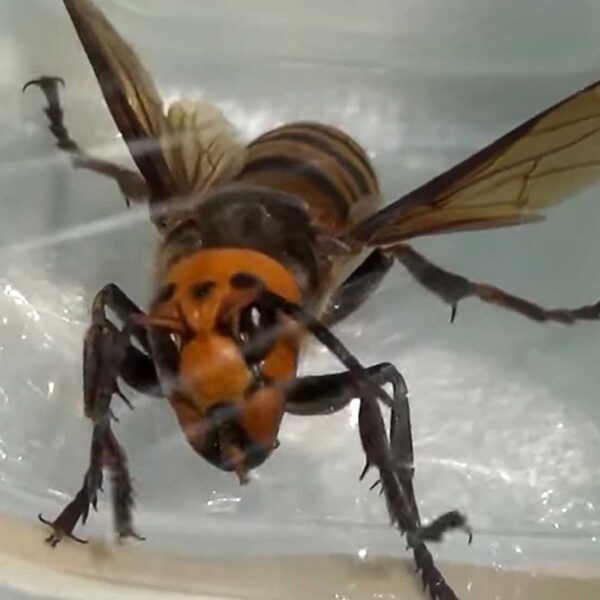Pollinators are less likely to land on flowers treated with pesticides as they are capable of sensing electric field alterations around the plant, according to a study by scientists in England.
Researchers at the University of Bristol found that the electric field surrounding a flower could be affected for up to 25 minutes after being treated with chemical substances.
Lead author Dr Ellard Hunting told Phys.org: “We know that chemicals are toxic, but we know little about how they affect the immediate interaction between plants and pollinators.”
Dr Hunting – whose study has been published by PNAS Nexus, a scientific news platform – added: “Flowers have a range of cues that attract bees to promote feeding and pollination. For instance, bees use cues like flower odour and colour, but they also use electric fields to identify plants.”

The expert from Bristol University’s School of Biological Sciences stressed that “agrochemical application can distort floral cues and modify behaviour in pollinators like bees.”
The team of researchers headed by Dr Hunting decided to mimic the effects caused by fertilisers by electrically manipulating flowers. Their experiment revealed that bumblebees were able to detect even minor changes to electric fields.
Since the insects avoided the affected flowers on their forage, the Bristol University study underlines that the application of chemical substances causes a decline in pollination.
While Dr Zuna-Kratky identified species such as the short-haired bumblebee (Bombus subterraneus) as one of the investigation’s “winners” for having settled in Austria, activists criticised that investigating just 10 per cent of the domestic population was neither sufficient nor conclusive.
Bumblebees collect nectar but do not convert it into honey. A bumblebee colony consists of between 50 to 400 animals and a queen.
Like other insects, their population has decreased due to the usage of harmful chemical pesticides and construction-induced habitat loss.

Co-author, Dr Sam England is one of the study’s five co-authors. He told Phys.org that the research “widens our understanding of the multifaceted ways in which human activity is negatively impacting the natural world.”
Dr Hunting concluded: “The fact that fertilisers affect pollinator behaviour by interfering with the way an organism perceives its physical environment offers a new perspective on how human-made chemicals disturb the natural environment.”











